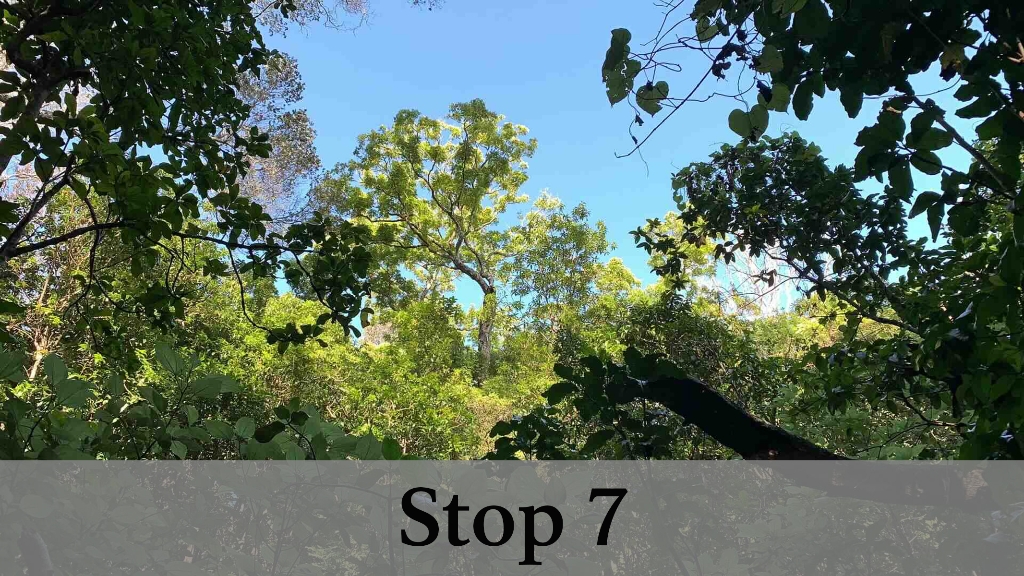
The future of the ʻōhiʻa lehua tree can be read in the forest gaps of Kīpukapuaulu.
ʻŌhiʻa lehua are the most abundant and important trees in Hawaiʻi’s forests. They are found on the main Hawaiian islands, from shoreline to alpine treeline. During their lifetimes, ʻōhiʻa lehua trees provide food to animal species, like the nectarfeeding native birds. They also become nurse logs after dying and nurture new plant growth. After succumbing to natural dieback, these ancient trees fall to the ground, crushing many of the smaller trees and understory plants beneath them. This process, however, allows additional light to enter all the layers of the forest. The influx of light creates an opportunity for young ʻōhiʻa lehua seedlings, which have taken root on nurse logs, to flourish. These young seedlings can grow, fill the gap in the canopy, and become the next forest giants. Fortunately, for these slow-growing trees, their resilient seedlings can persist for many years on nurse logs, ready to take advantage of a new light gap in the forest’s canopy.What do you think are the chances that these slow-growing, light-hungry ʻōhiʻa seedlings will thrive in this small forest gap? Notice that there are other, faster-growing plants, like the endemic pilo (Coprosma rhynchocarpa) and māmaki (Pipturus albidus), and the indigenous purple-flowered koaliʻawa (Ipomoea indica) vine rapidly closing the gap? Once the shadetolerant mānele or pāpala kepau trees replace the pilo, māmaki, and koaliʻawa, the chances for ʻōhiʻa lehua to thrive are grim—at least, until there is a kīpuka-wide disturbance, such as a hurricane or eruption?
Is there something we missed for this itinerary?
Itineraries across USA

Acadia

Arches National Park

Badlands

Big Bend

Biscayne

Black Canyon Of The Gunnison

Bryce Canyon

Canyonlands

Capitol Reef

Carlsbad Caverns

Channel Islands

Congaree

Crater Lake

Cuyahoga Valley

Death Valley

Dry Tortugas

Everglades

Gateway Arch

Glacier

Grand Canyon

Grand Teton

Great Basin

Great Smoky Mountains

Guadalupe Mountains

Haleakalā

Hawaiʻi Volcanoes

Hot Springs

Indiana Dunes

Isle Royale

Joshua Tree

Kenai Fjords

Kobuk Valley

Lassen Volcanic

Mammoth Cave

Mesa Verde

Mount Rainier

North Cascades

Olympic

Petrified Forest

Pinnacles

Rocky Mountain

Saguaro

Shenandoah

Theodore Roosevelt

Virgin Islands

Voyageurs

White Sands

Wind Cave

Yellowstone

Yosemite

Zion